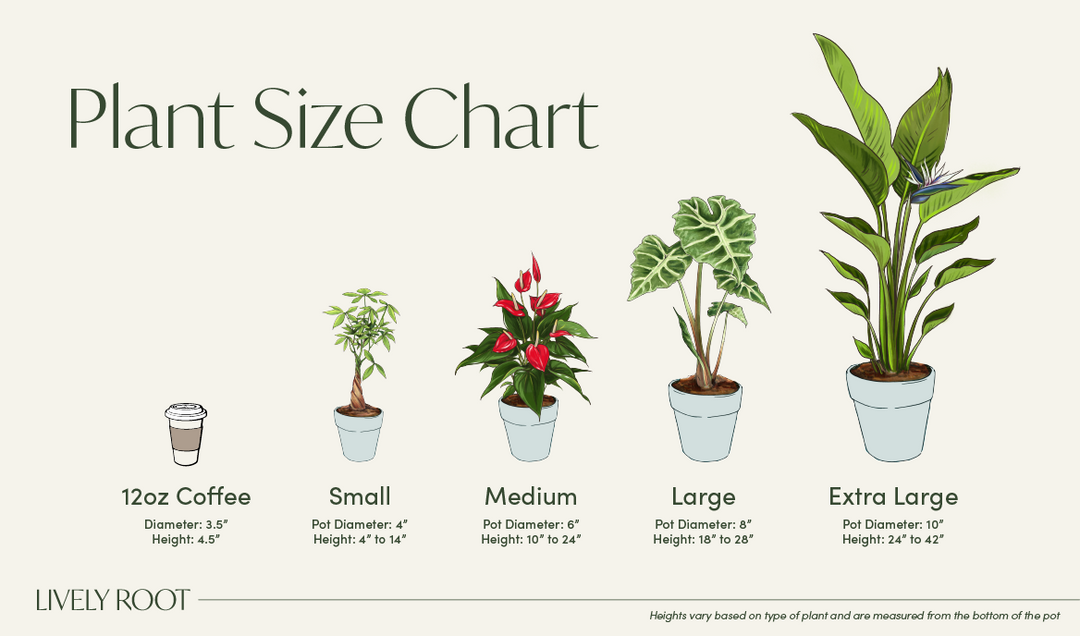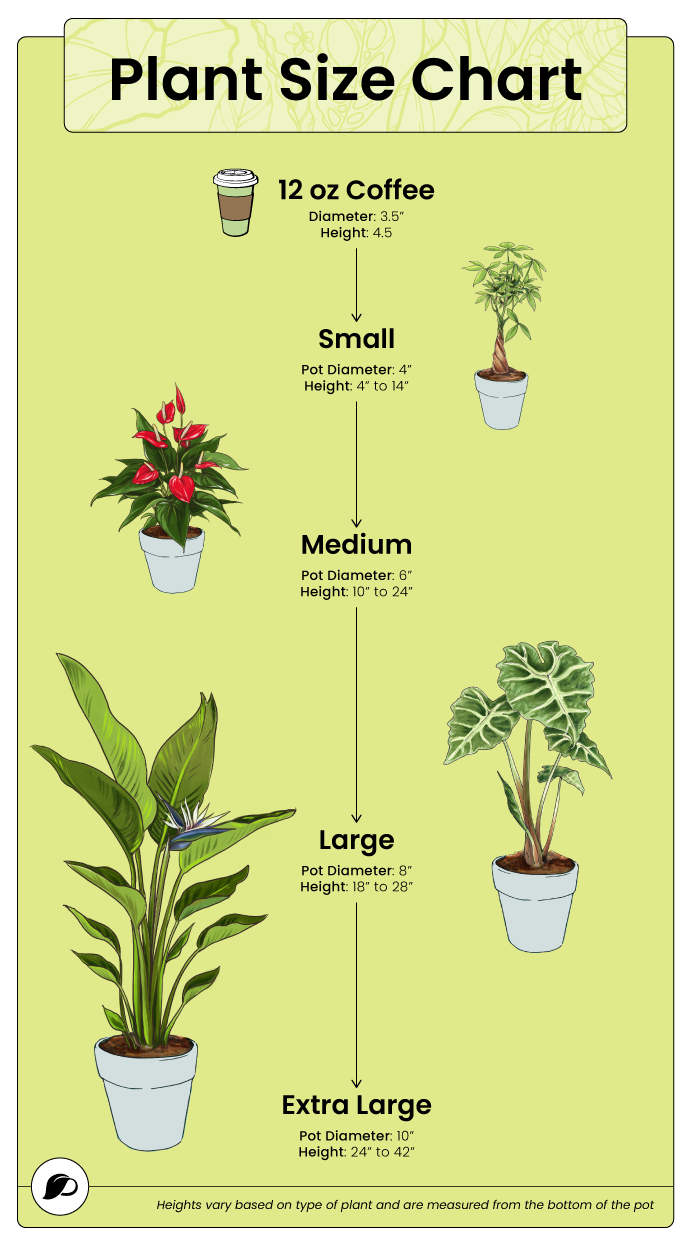Gift Card Balance
Enter the code below to redeem your gift card

The Jade plant (Crassula ovata) is a succulent with fleshy, rounded leaves. It belongs to the Crassulaceae family, which includes several types of jade plants and other succulents. The Jade Plant is native to South Africa and grows outdoors in hardiness zones 10/11. While usually compact when grown indoors, it can reach 10 feet tall outdoors. These beautiful succulents are known for longevity, sometimes living up to 100 years in ideal growing conditions.
They’re easy-care plants that prefer abundant sunlight and infrequent watering. The Jade plant holds a special meaning and is one of the most popular good luck plants in Feng Shui; its round leaves resemble coins, attracting the energies of wealth and prosperity. However, if ingested, the Jade Plant is toxic to cats and dogs.
The Jade plant is resilient and low-maintenance, so it’s one of the perfect indoor plants for busy plant owners. Here are some essential Jade plant care tips:
Because they are prone to root rot when overwatered, knowing how often to water a Jade plant is essential. Water your plant abundantly until water seeps from the drainage holes, then allow the soil to dry completely before watering again. The Jade plant’s light requirements are simple; it grows best in bright, indirect light. It will benefit from a southern location in your home.
This tropical beauty prefers temperatures of 60°F-77°F, with a slightly cooler nighttime temperature. Avoid putting it in areas with severe temperature fluctuations and cold drafts; the Jade plant should ideally be placed away from windows. The succulent doesn’t need extra humidity and will not do well in humid spaces like bathrooms.
The best soil for your Jade plant needs to drain well. Feed your plant a balanced fertilizer diluted at half strength once every two months during spring and summer.
Repot it when its roots are growing through the drainage holes. Choose a slightly larger pot and use a well-draining succulent potting mix. Wear gloves when repotting because the Jade plant’s sap is toxic. You can propagate your Jade plant via stem cuttings.
The Jade plant doesn’t require much pruning, but you can remove dead or damaged leaves if necessary. Make sure to clean the leaves from dust with a damp cloth.
Also, inspect your plant’s leaves for insects, such as mealybugs. The Jade plant may shed some of its leaves if exposed to the cold. Shriveled or brown leaves indicate that the soil may be too dry, while a Jade plant with soft, drooping leaves shows signs of overwatering.
The Jade plant is a gorgeous decorative houseplant ideal for novice indoor gardeners. It can be the perfect addition to any interior space, home or office.
If you’ve chosen to buy a Jade Plant but wonder what plants will go well with it, here are a few varieties that have similar growing requirements:
Jade plants are toxic to cats and dogs, which is why we’ve listed several pet-friendly alternatives below:
Buy a Jade plant at Lively Root to attract luck in your home and delight the eye with its lush green foliage!
Follow us @livelyroot & show us your #livelyroot plants

